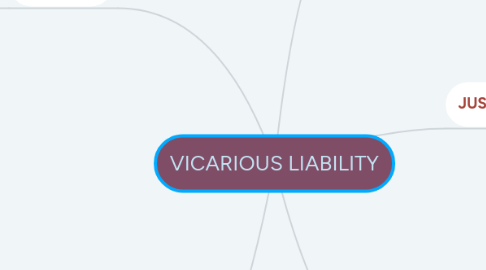
1. ELEMENTS
1.1. Wrongful or Tortious Act
1.1.1. The Court will first and foremost determine whether a tort has been committed.
1.2. Special Relationship
1.2.1. Control Test
1.2.1.1. Case: COLLINS v HERTFORDSHIRE COUNTY COUNCIL, "The distinction between a contract for services and a contract of service can be summarized in this way: In one case the master can order or require what is to be done, while in the other case he can not only order or require what is to be done, but how it shall be done."
1.2.1.2. Case: CASSIDY V MINISTRY OF HEALTH, Somervell LJ pointed out that this test is not universally correct
1.2.2. Organisation Test
1.2.2.1. Case: STEVENSON, JORDAN and HARRISON LTD v MCDONALD AND EVANS, 'It is often easy to recognize a contract of service when you see it, but difficult to say wherein the difference lies.
1.2.3. Multiple Test
1.2.3.1. The courts then recognized that a single test was not enough to determine employment status so the courts developed a multiple test in READY MIXED CONCRETE v MINISTER OF PENSION, whereby all factors in the relationship should be considered.
1.3. The Course of Employment
1.3.1. This criteria is a question of fact, and it is immaterial whether the wrong committed by the employee was authorized or not.
1.3.2. Case: LISTER v HESLEY HALL LTD, this case establishes that an employer cannot avoid liability by showing that an employee engaged in an intentional and unauthorized wrongdoing.

